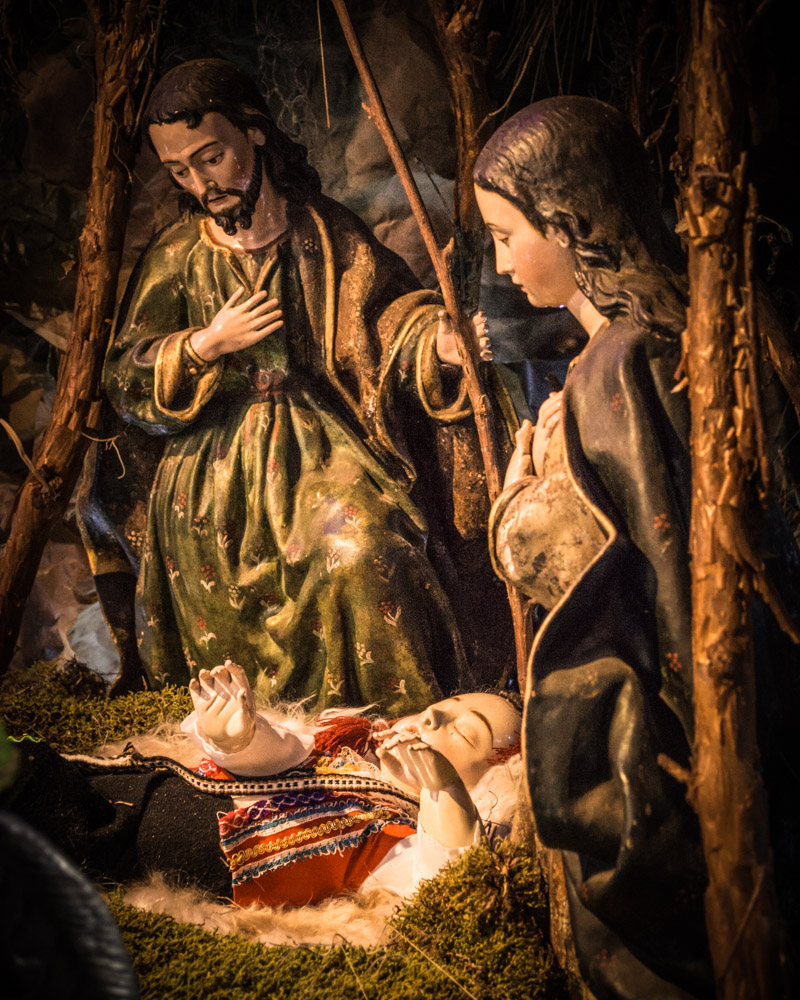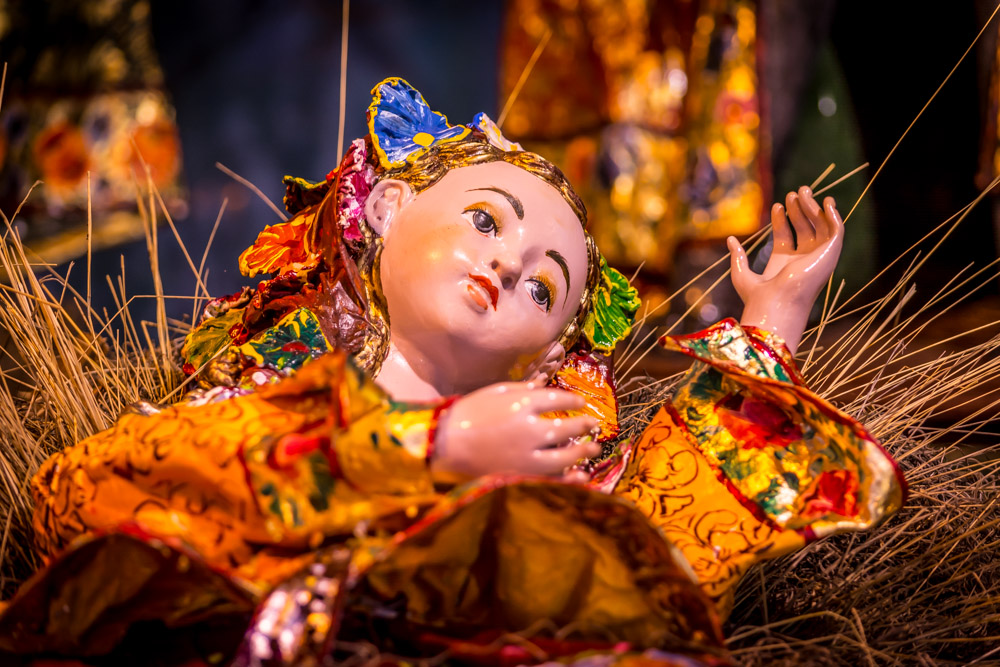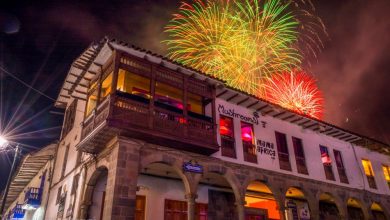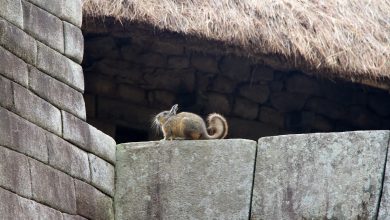The Christ Child and Other Holy Beings Make a Home in Cusco

The Christ Child in His Manger (Walter Coraza Morveli)
Cusco’s image makers, its imagineros, work over time right now. Wednesday is the big, Christmas eve market, the Santurantikuy, where images of the Niño Manuel, the Christ Child will be featured.
There are many images in Cusco that its people take as holy. The images live in its churches and in its homes. I say live because the people of Cusco take them as such when they talk to them, pray to them, honor them, give them candles and flowers, or other things.
But these images are contested. Not everyone sees them as images. In fact, even the word images may not be quite accurate although it is commonly used. Anthropologists increasingly talk about them as part of a set of Holy Beings that the people of the Andes engage with.

Evangelicals and others may see them as mere statues or mere painting. But to the devout, the vast majority of the people of Cusco, I suspect, they are so much more. They are central to their lives.
When the crosses, the saints, or the Lord comes out of the Cathedral and parade through the streets in a procession, surrounded by people—some carrying them or accompanying them and others watching—it is a moment of intensity and high emotion. People pay close attention to them for the slightest movement, the slightest signs of concern and compassion, engagement, just as they do with human beings.
The saints dance, they move from side to side as their bearers shift while carrying them. Just like people accompanying them, they do this very important action for Andeans of moving in rhythm.
Watching them carefully is one of many ways in which the saints and images come alive for people.
People care deeply for their images. They treasure them and take care of them. Around them develop lots of stories that people tell about how the Holy Figures have interacted with them and their family. They become a focuses of family and personal life and of peoples feelings and emotions.
The image makes work hard at their art and the people of Cusco will pour into the plaza on Wednesday, come rain or shine, to see and evaluate the images. They will talk about the ones they already have and will discuss how to repair or where to go to have repaired the nicks and wounds an image develops over life.
Just as we grow scars from wounds, so do the images. It is just one more sign of their intense and intimate interaction with people.
People will also look for clothing for their saints and Christ child, the Niño Manuelito, as they call him.
Front and center in people’s mind is the impeding celebration to night which must be filled with joy and food. As part of it people put together a nativity scene in their homes and in the Santurantikuy Market, the Christmas or Buy-Saints market, they will look for all the images and structures they need to make the Christ Child feel at home in Cusco, far removed from the Bethlehem of story. That Bethlehem comes to life in their homes and, often, Joseph Mary, and Jesus become Andeans.

At midnight, the time when Jesus is born according to story, they take the Christ Child and lovingly place in in the manger, right in the heart of their home with the family all around. He is received every year as a new member of the family who will share with them throughout the year.
On Christmas Day and those immediately following, people lovingly dress the child and take him to mass in the Cathedral, the temples of the religious orders, or local, Parish churches where he also joins his Holy Family.
This child is an intermediary of sorts. He lives both in the world of God and other deities, such as found in the temples, at the same time he lives in people’s homes and their families. He ties both together such that people can give him love and devotion which, in the natural order of things that people experience with each other, he should reciprocate with them. He should bring them blessings, safety, health, sustenance, and so on, the favor of God.
The images are powerful in the lives of the people of Cusco and the fine ones are wonders of art—such as those of Antonio Olave Palomino, the most well-known master of the art. They are never just art, however, in the hearts and homes of the people of Cusco.
The images, Holy Beings, are members of Cusco’s society and live among its people and in its homes and temples. To see Cusco you must know ifs Holy Ones.





